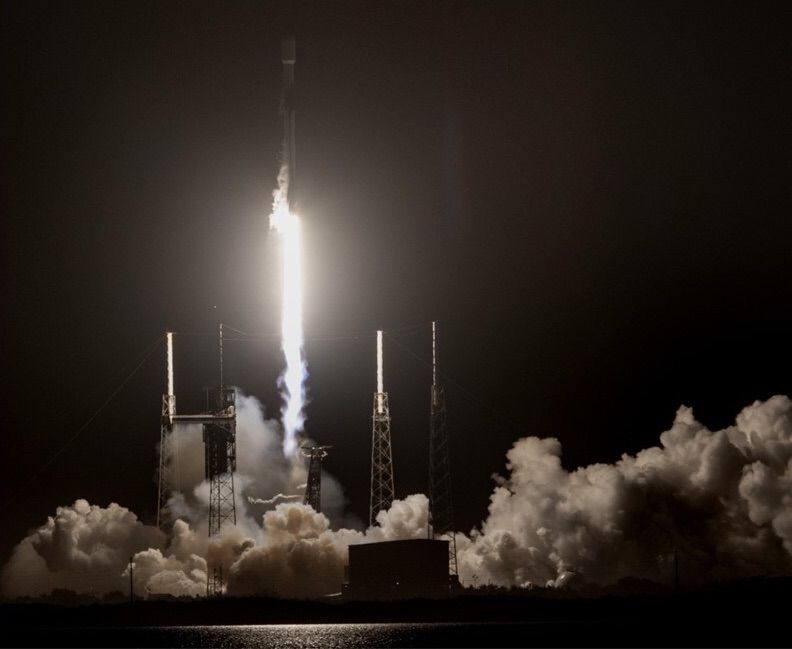
The seventh Lockheed Martin-designed and -built Global Positioning System (GPS) III space vehicle, GPS III SV07, launched from Cape Canaveral Space Force Station in Florida on Dec. 16, entering orbit 12,550 miles above Earth. This launch follows the earlier GPS III SV06 mission in 2023 and is part of the ongoing modernization of the GPS constellation.
The GPS III SV07 spacecraft has completed signal acquisition and is currently under operational control at Lockheed Martin’s Denver Launch & Checkout Operations Center until its official acceptance into the operational GPS 31-satellite constellation.
GPS III SV07, assembled at Lockheed Martin’s Littleton facility, was transported across the country by ground rather than air due to standard military aircraft being engaged in hurricane tracking and relief efforts. This adjustment helped maintain the mission’s rapid launch schedule. The time from call-up to launch for SV07 was approximately three months, demonstrating operational agility for critical national security missions.
Lockheed Martin’s spacecraft team mapped out a route of approximately 2,337 miles while monitoring weather models, as Hurricane Milton was expected to affect Florida around the spacecraft’s arrival. After a six-day road trip, SV07 reached its launch site, avoiding severe weather before undergoing final checks.
“We supported our customer’s vision for an accelerated launch of this GPS satellite, ultimately helping them achieve quick-turn operational readiness,” said Malik Musawwir, vice president of Navigation Systems at Lockheed Martin. “Time is of the essence for national security missions, and we quickly delivered this critical capability for the Space Force to support rapid demand for secure, advanced positioning, navigation, and timing signals.”
All GPS III space vehicles, including SV07, are equipped with M-code, an advanced signal designed to enhance anti-jamming and anti-spoofing capabilities. This new feature provides secure access to military GPS signals for U.S. and allied armed forces and offers up to eight times more anti-jamming power than GPS II vehicles. M-code has been in operational acceptance since 2020.
GPS satellites play a crucial role in navigation for U.S. military assets, operational troops and field supply deliveries, while also impacting global financial markets, transportation, utilities, agriculture, construction and ride-share services.

